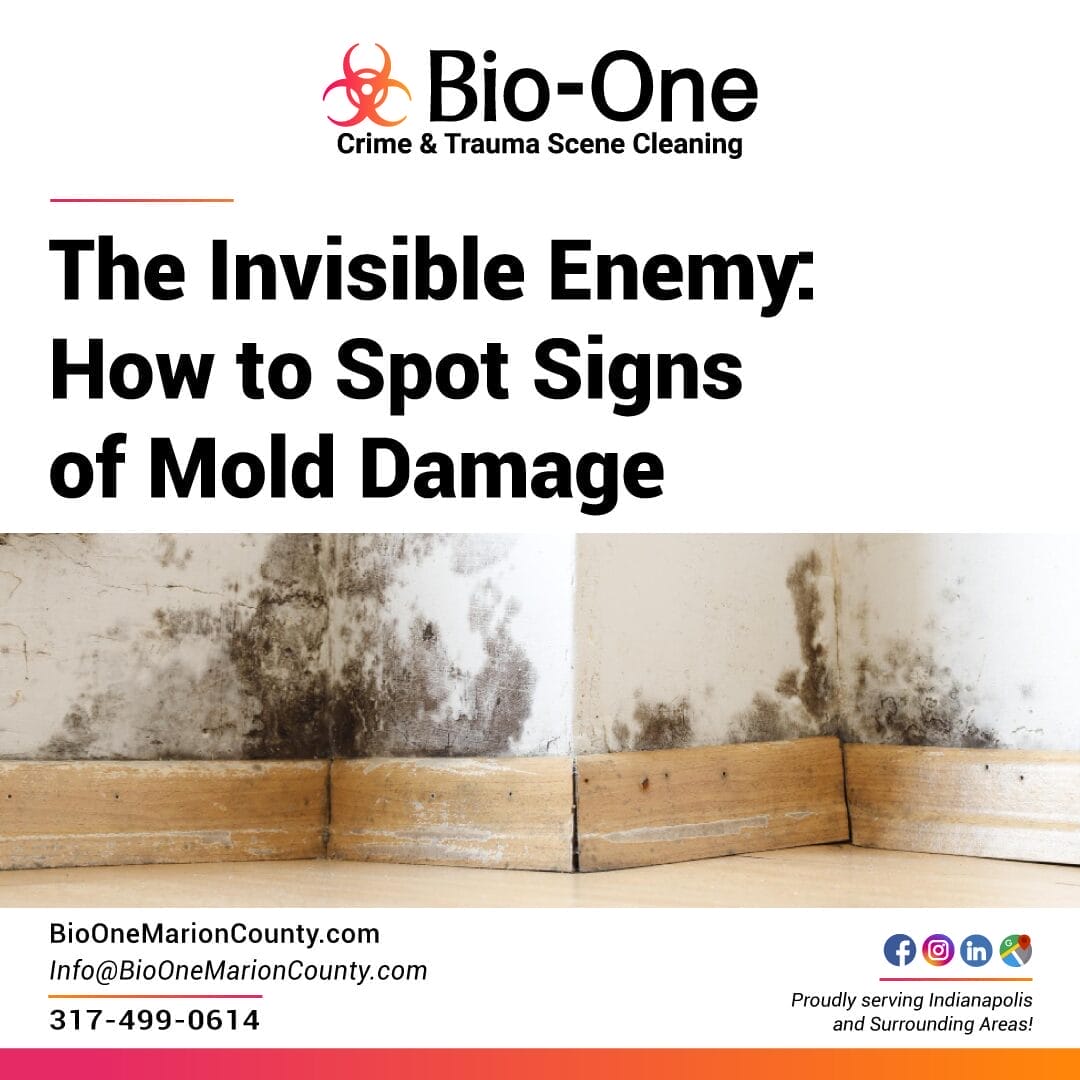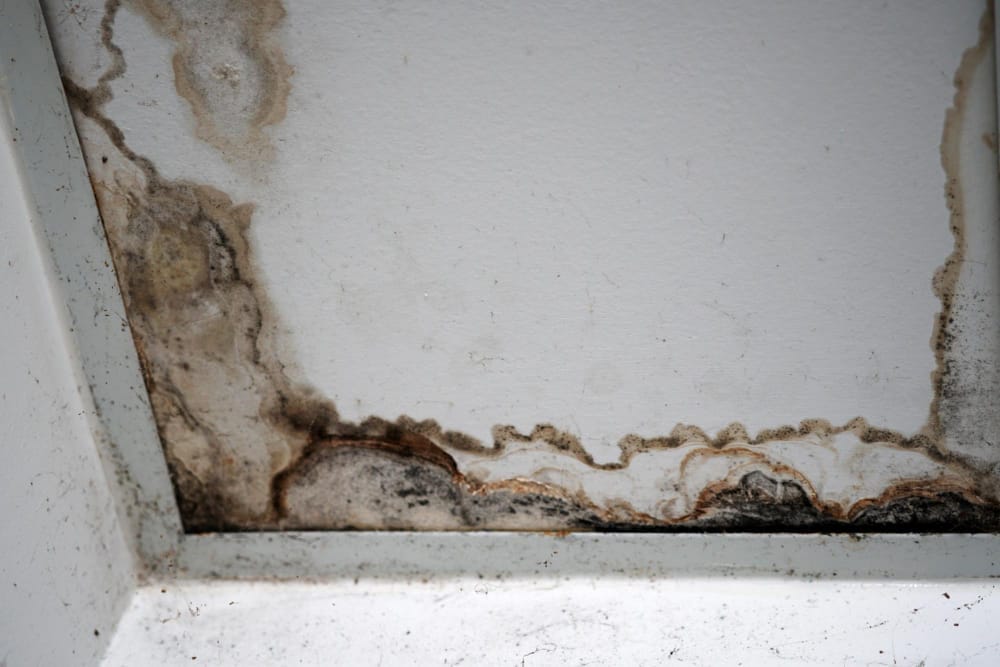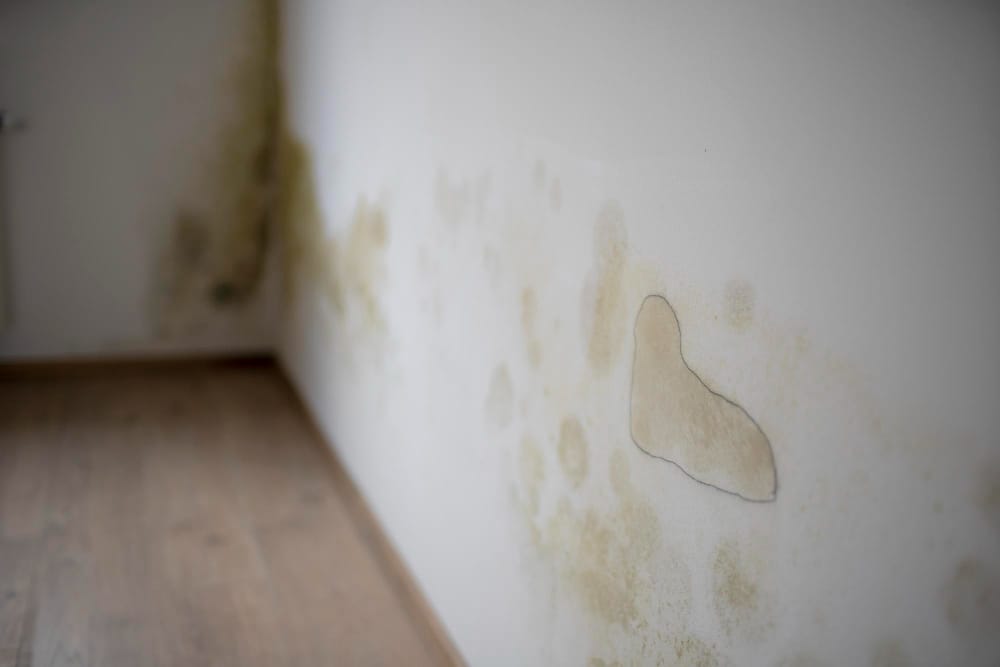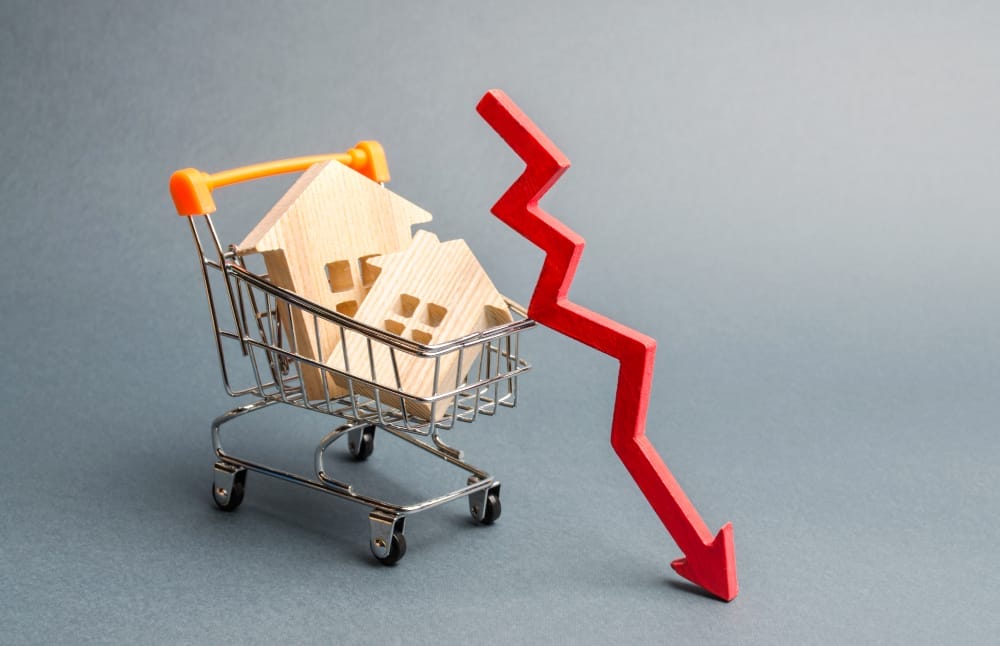
Mold is the silent intruder you rarely prepare for. It isn't until you smell that musty odor or notice discolored spots on your walls or ceiling that you realize a bigger problem may be brewing. How do you combat what you can't see? Mold affects not only the structural integrity of your home but also your health and the value of your property. Read on to learn how to detect and address signs of mold damage effectively!
What is Mold and Its Potential Risks
Mold is a natural part of the environment, playing a crucial role in breaking down organic matter. It's a type of fungus that flourishes in damp, warm conditions and can colonize within 24-48 hours. When it invades indoor spaces, it can pose significant health risks and cause property damage. Mold spores travel through the air and can be found both indoors and outdoors. When these spores land on a damp spot, they begin to grow and reproduce, causing visible and invisible damage over time.

Common Types of Mold Found in Homes
Some of the most common indoor molds include:
- Stachybotrys chartarum: Often referred to as "black mold," this species can produce mycotoxins. It usually grows on materials with a high cellulose content, such as fiberboard, gypsum board, and paper.
- Cladosporium: Appears as a green, brown, or black "pepper-like" material that can grow on the backs of toilets, painted surfaces, and fiberglass air ducts.
- Penicillium: A blue or green mold that spreads quickly and is often found on food, in particular fruits and cheeses susceptible to mold.
- Aspergillus: Comes in various colors and can typically be found in textiles and building materials, particularly in building HVAC systems.

Spotting Signs of Mold Damage
Early detection is vital in mitigating mold-related issues. Here are the signs to look for:
Visible Signs of Mold Damage
- Discoloration: A sure sign of mold damage is visible patches of discoloration on walls, ceilings, or floors. These could be black, brown, green, orange, purple, or white, and they might appear furry or slimy.
- Musty Odor: Mold has a distinct, musty odor. If you notice a smell that persists even after cleaning and ventilating, it could be a sign of hidden mold growth.
- Warped Surfaces: As mold feeds on organic material, it can cause structural changes, such as warping or buckling in floors and walls.

- Peeling or Cracking Paint: Mold can cause wallpaper to bubble, paint to peel, and drywall to crack. These issues can often be misdiagnosed or attributed to poor-quality materials or improper installation, so the presence of mold should be directly assessed.
- Health Symptoms: Mold can cause or aggravate health issues, such as allergies, asthma, and respiratory problems. If occupants of a home experience unexplained health issues, mold could be the culprit.
Invisible Signs of Mold Damage
In addition to visible signs, there are indicators that mold could be lurking behind the scenes:
- Recent Water Issues: If there has been a recent leak, flooding, or excessive moisture in your home, even if the area appears dry now, it's at risk for mold growth.
- High Humidity: Indoor humidity levels above 55% can create an environment where mold thrives. Investing in a hygrometer to monitor humidity levels is critical, especially in areas known to be damp.

DIY vs. Professional Mold Remediation: Pros and Cons
When confronted with the issue of mold in the home or workplace, property owners often grapple with the question of whether to tackle the problem themselves or to seek professional assistance. Below we will explore the pros and cons of DIY and professional mold remediation efforts, to provide a clearer picture of the processes, potential benefits, and challenges associated with each approach.
DIY Remediation - Pros
- Immediate action, cost savings, hands-on experience.
- If you have a small area of mold (less than 10 square feet) that hasn't spread to other areas, it may be possible to address the issue yourself.
DIY Remediation - Cons
- Limited knowledge and resources.
- Lack of specialized equipment and protective gear.
- Potential for incomplete cleaning.
- Risks of cross-contamination, and inadequate safety measures..
Professional Remediation - Pros
- Expert assessment.
- Use of industry-standard tools and protocols.
- Elimination of all visible and invisible mold.
- Reduced risk of regrowth.
- Assurance of safety and legal compliance.
Professional Remediation - Cons
- Higher upfront costs.
- Potential for damage to property (e.g., mold removal may require cutting into walls or ceilings).

Effects on Property Condition and Resale Value
Mold damage can significantly reduce a property's resale value and make it harder to sell. Full disclosure of mold-related issues is required by law in some states, and remediation records are often requested by prospective buyers. Investing in professional remediation not only ensures the health and safety of your family but also helps maintain, if not bolster, the value of your property.
How Bio-One of Marion County Can Help
If you suspect mold in your home or property, it's vital to take immediate action. Bio-One of Marion County offers mold cleanup services, guaranteeing that your home is safe, your property intact and that you are covered for future contingencies. Don't wait until the problem becomes visible! Act now to protect what matters most.
Bio-One specializes in blood and bodily fluids, decomposition/undiscovered death, crime scene, suicide cleanup, tear gas, feces/urine, sewage backups, and odor removal. Helping people get their lives back in order is our #1 priority. Bio-One of Marion County is here to help you 24/7, 365 days a year! Call (317) 499-0614, and you'll speak directly to one of us when you call; there is never an answering service. We'll treat you like a person with the compassion and respect that you deserve.


